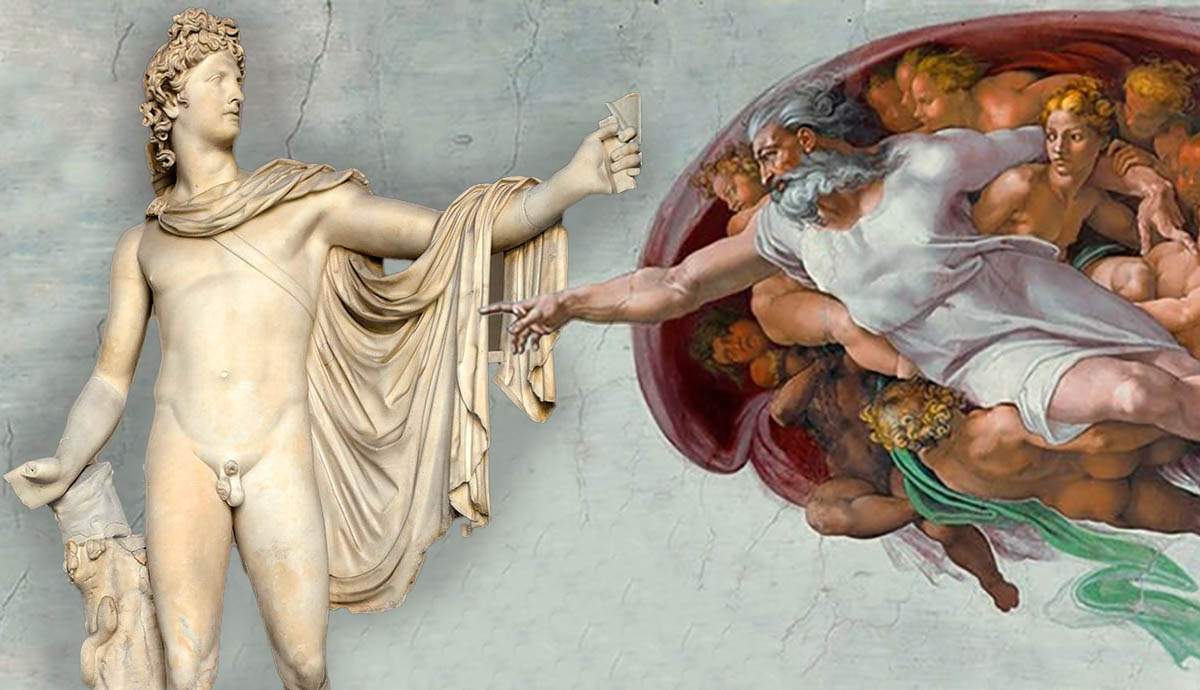Generally described as taking place from the 14th century to the 17th century the Renaissance promoted the rediscovery of classical philosophy literature and art. Renaissance art is marked by a gradual shift from the abstract forms of the medieval period to the representational forms of the 15th century Subjects grew from mostly biblical scenes to include. In addition to its expression of classical Greco-Roman traditions Renaissance art sought to capture the experience of the individual and the beauty and mystery of the natural. Defining features of Renaissance art include An interest in capturing the essential elements of classical art particularly the form and proportions of the human body. Renaissance art took as its foundation the art of Classical antiquity perceived as the noblest of ancient traditions but transformed that tradition by absorbing recent developments in the art of..
Traditional Islamic art started to develop over time with more influence from European styles which. Europe has known art objects of Islamic origin since the early Middle Ages when they were brought home by the. Arabesque decoration on the dome of the Mādar-e Shāh madrasah built by Ḥusayn I early 18th century at Eṣfahān Iran. During this period Damascus became the capital and the empire expanded West and East..
Generally described as taking place from the 14th century to the 17th century the Renaissance promoted the rediscovery of classical philosophy literature and art. Renaissance art is marked by a gradual shift from the abstract forms of the medieval period to the representational forms of the 15th century Subjects grew from mostly biblical scenes to include. In addition to its expression of classical Greco-Roman traditions Renaissance art sought to capture the experience of the individual and the beauty and mystery of the natural. Defining features of Renaissance art include An interest in capturing the essential elements of classical art particularly the form and proportions of the human body. Renaissance art took as its foundation the art of Classical antiquity perceived as the noblest of ancient traditions but transformed that tradition by absorbing recent developments in the art of..


Comments